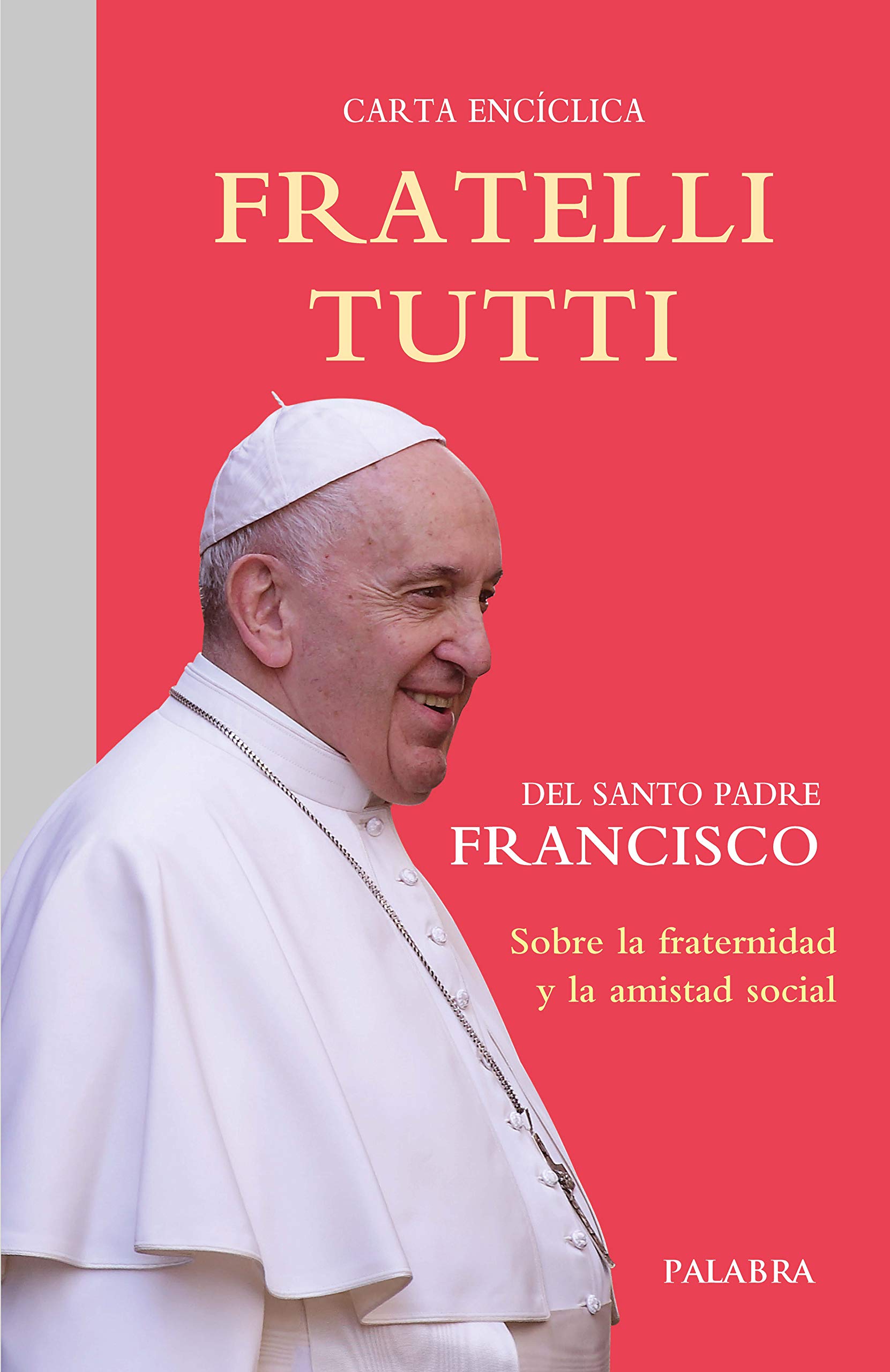Lesson 3: Hinduism
 I do not regard this as a series on world religions so much as some insights for Christians living among other religious traditions. Taylor describes this as allowing holy envy for some things in other world religions to transform her love for her own.
I do not regard this as a series on world religions so much as some insights for Christians living among other religious traditions. Taylor describes this as allowing holy envy for some things in other world religions to transform her love for her own.
In that spirit, I want to focus on Taylor’s use of a quote from Huston Smith. “Hinduism is the great psychologist of the religions, he wrote. It knows that people are different and offers them different paths to union with the divine. Some choose a scholarly path and others a path of service. Some choose a path of meditation and others a path of devotion. Some devote themselves to Vishnu and some to the Divine Mother. Some shun the worship of deities altogether, striving to realize God in themselves with no decoys. Others mix and match.”
I have read the paragraph previously, as a helpful perspective on this ancient Indian practice, but in the context of Taylor’s experiences, it took on new relevance. For the first time, I perceived similarities in Christianity. Our great number of quite different denominations certainly reflects Hinduism’s many paths. Our laity’s tendency to pick and choose even from their own traditions reflects acceptable Hindu practice. In other words, Christians need be very careful making fun of the hodgepodge nature of Hinduism when an objective observer of our own denominations might well think he was observing totally different religions.
The irony becomes even more obvious when many Christians claim ours is the only way to God. The natural response would seem to ask about which way they are talking. Our many denominations certainly champion a great variety.
Taylor reports her experience shows other religions are not so concerned with converting the whole world to their way. She describes significant incidents in visits to other religious sites where authorities from every other tradition assured her students they had no desire that they should convert but hoped their experience would make them better Christians.
A Hindu professor confesses love for Jesus but declares that does not mean she cannot love Lord Vishnu as well. A Buddhist monk speaks of Judaism and Buddhism being very much alike and advocates learning more about both to become a better Jew. A rabbi emphasizes you do not need to be Jewish in order to be righteous in God’s eyes and wonders why anyone would want to adopt their strange practices. A. Muslim imam expresses the hope that worshiping in his mosque will help the students practice their own faiths more devoutly.
On the other hand, she reports many Christians have attacked her for introducing her students to idol worship. They warn she might be responsible for some of them roasting in hell for all eternity. Taylor repeatedly acknowledges the vehemence of this “my way is the only way” is what embarrasses her most in the Christian Church.
Her analysis seems to depend on following Krister Stendahl’s rule about not comparing your best to their worst when evaluating other religions. She has no envy for the way all religious traditions are presently being used by conservative right wing politicians to crush their minority opponents. She also is most upset by the worst kind of Christianity that has popped up in this very disturbing period of history.
The lesson for us might be to resist irrational responses to the turmoil in our society. Anxiety and fear have led many to get obsessive about using restrictive litmus tests to measure not only the “real Christians” among us but also the errors of other religions. Hope for building a better world is found in appreciating and practicing the best in all world religions.

 Frontline Study is an online discussion of the scriptures, inviting you to share your comments and your reflections on each weekly topic. Simply click on the "Add Reply" text at the top of each post to see what others have posted and to add your thoughts.
Frontline Study is an online discussion of the scriptures, inviting you to share your comments and your reflections on each weekly topic. Simply click on the "Add Reply" text at the top of each post to see what others have posted and to add your thoughts.
Recent Comments